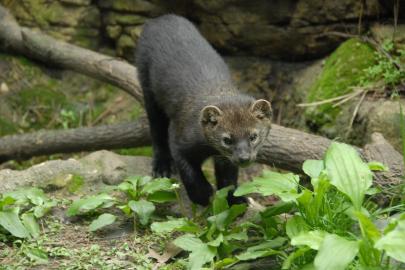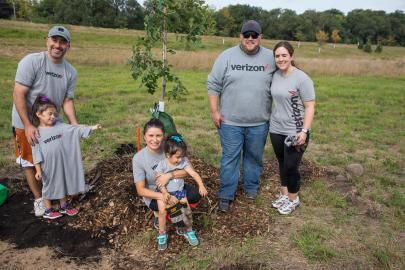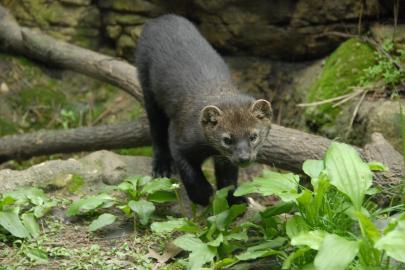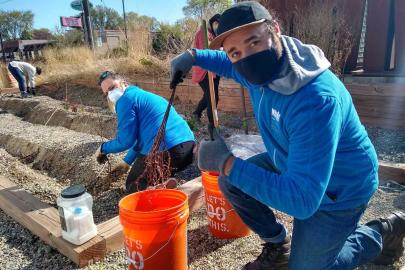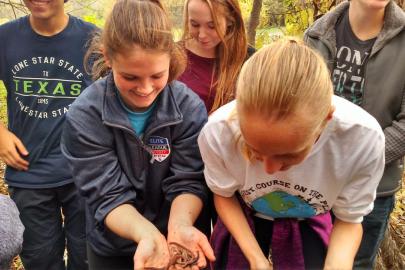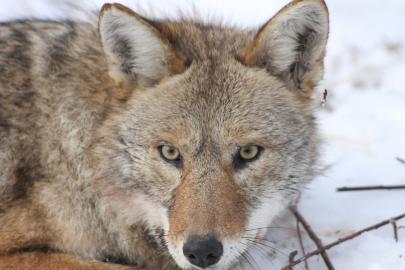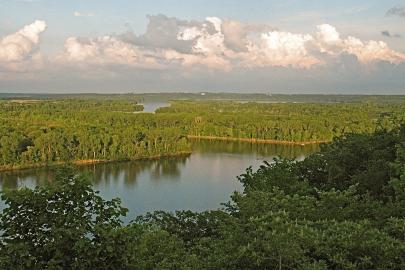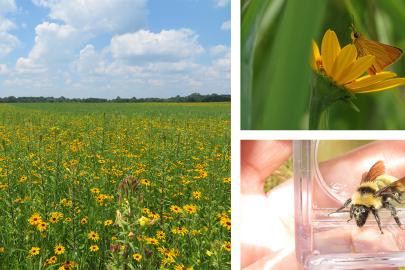In the mood for a little good news? There's some impressive conservation planning happening on behalf of natural resources and open spaces in Dakota County. And with some urging from community members, the county-drawn plans could lead to some exciting land protection and habitat restoration projects — thousands of acres worth!
A previous similar effort protected many beloved Dakota County parks and natural areas, including creating habitat for animals like the fisher above. >>
Read more